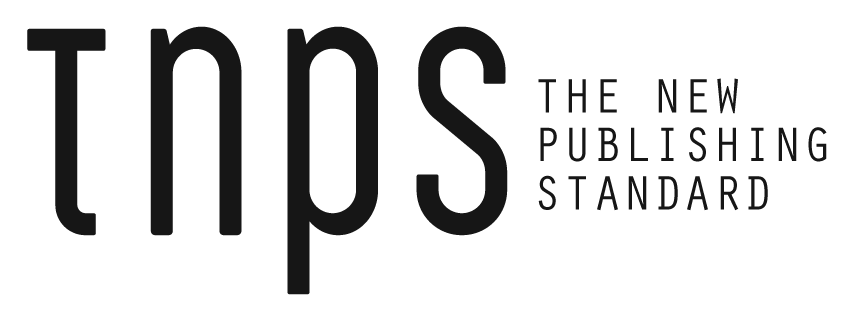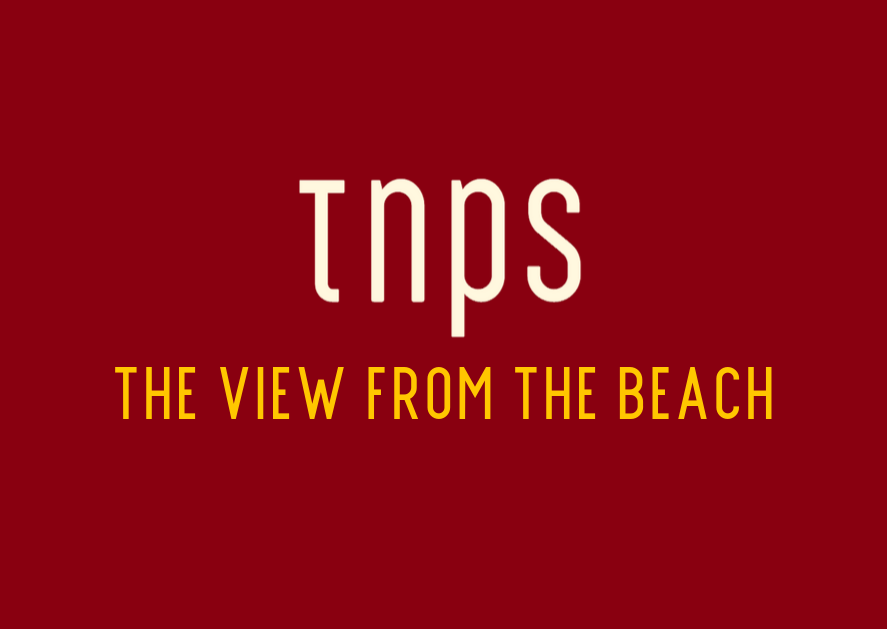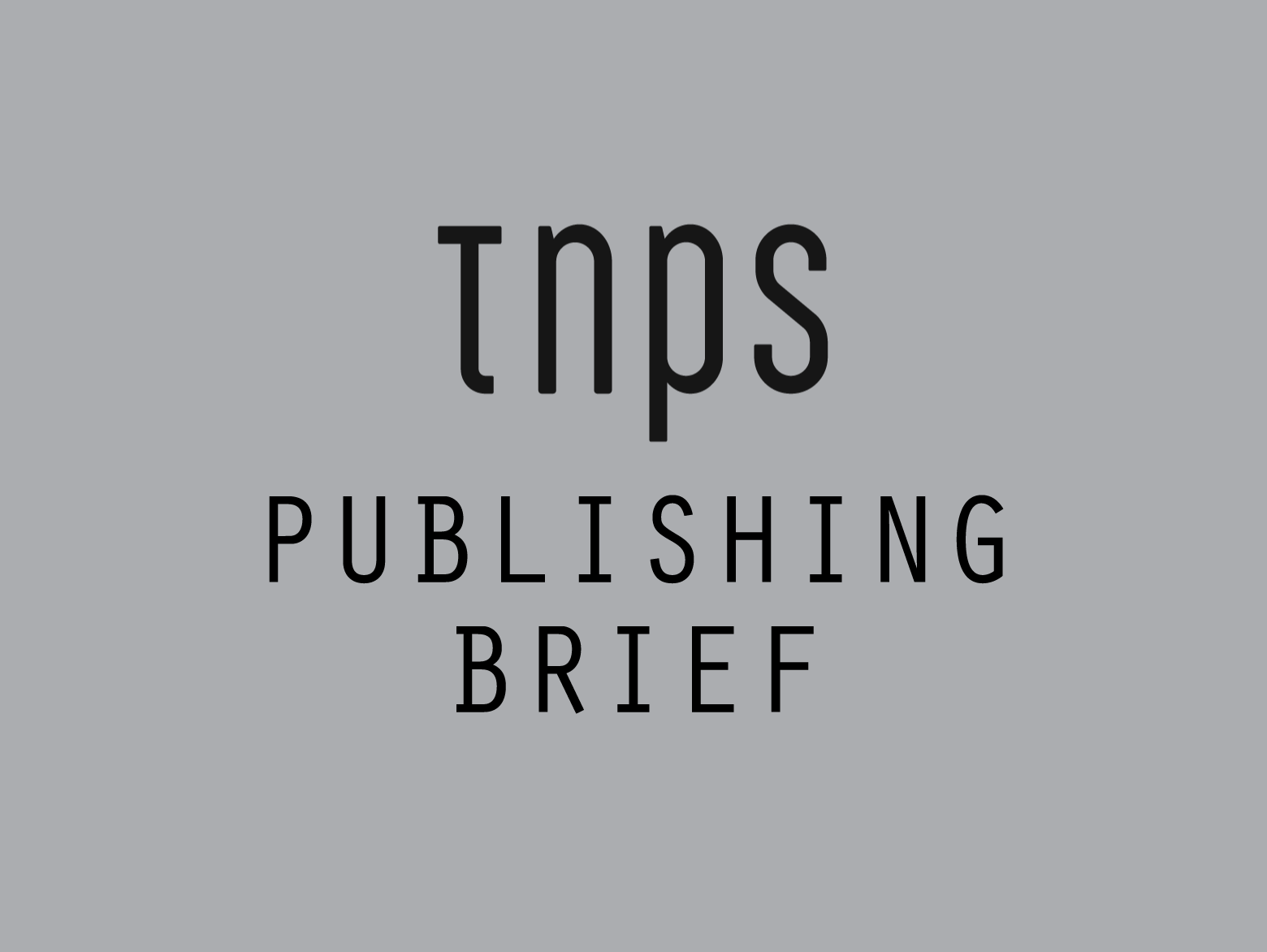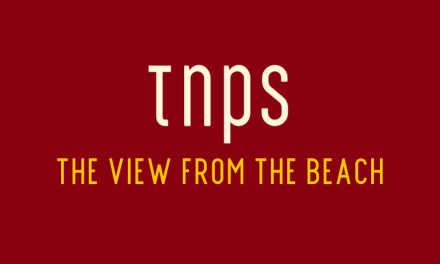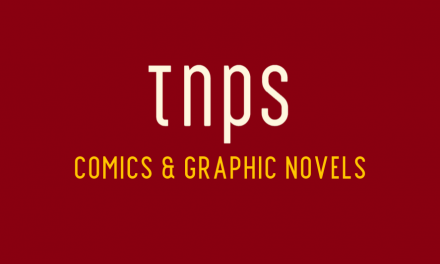Publishers must recognise that the digital age demands a reorganisation and reimagining of anachronistic frameworks created in another era for another era.
Amid all the focus on and frenzy about AI, one could be forgiven for forgetting the broader scope of the digital revolution as it impacts the global publishing industry.
Since long before AI become a publishing household term, the publishing industry has been at a critical juncture, as digital has steadily eroded the hegemony of analogue publishing and opened up huge new market opportunities.
Simon & Schuster’s recent partnership with Urano World Publishing Group – anchored on the Primero Sueño Press imprint – signals not only a landmark entry into Spanish‑language markets but also the latest move in a profound shift in industry thinking.
Slow to Capitalise
Traditionally, publishers in English‑language nations, including the USA which has more Spanish-speakers than Spain, have been slow to capitalise on the power of Spanish as a language and market.
The Simon & Schuster / Urano World Publishing Group partnership, heralding Simon & Schuster’s belated direct distribution of Spanish‑language titles into Spain, Latin America, and beyond, is both an overdue catch‑up and a compelling indicator of changing mindsets.
Simon & Schuster’s Bold Move
Under new ownership, Simon & Schuster continues to defy expectations. Far from being dismembered by its hedge-fund owner, KKR, Simon & Schuster goes from strength to strength in adjusting to and seizing new market opportunities.

By aligning with one of the most respected publishers in Spain and Latin America, Simon & Schuster has demonstrated its willingness to break away from conventional territorial constructs, acknowledging the vast, dynamic audience that Spanish‑language titles can command. As CEO Jonathan Karp pointed out, the response to Primero Sueño Press has been nothing short of remarkable, thus setting the stage for a broader expansion strategy. This move is not just about re‐presenting titles in another language: it is a deliberate and strategic embrace of an international, digital-first publishing future.
The Digital Disruption and the Demise of Analogue Territorial Thinking
For far too long this century, key players in the industry have operated on anachronistic territorial paradigms reminiscent of an analogue era, where physical distances and bricks & mortar bookstores dictated distribution rights and market engagement.
Traditionally, the US, UK, CA, NZ, AU, and ZA have formed the backbone of particular rights segments, with India an optional extra, effectively excluding vast English‑speaking communities across Nigeria, Botswana, Kenya, Ghana, Singapore, Pakistan, and beyond.
Today’s digital landscape has fundamentally altered the equation. With digital distribution channels and the burgeoning market for digital audio, the traditional barriers have become obsolete. The ease with which digital materials can cross borders challenges the antiquated notion that markets are inherently regional, offering publishers an opportunity to connect with previously overlooked audiences.
Ebooks began the transformation in industry thinking, but ebooks were – and sadly largely still are – simply print-on-a-screen replicas. A missed opportunity! Then digital audio began to take off, with now-Amazon-owned Audible a key player, but it’s monthly-credit model held back the format for many years. Movers and shakers like Storytel, BookBeat and, much more recently, Spotify have shaken up the market again.

Who Cares About One-Language Countries the Size of Small Villages?
I said above that digital audio offered publishers an opportunity to connect with previously overlooked audiences, but that was being overly generous. This wasn’t so much overlooked markets as dismissed markets.
The Nordics? Narnia, more like. Big publishers had no time for this nonsense. Who cares about one-language countries the size of small villages? Denmark? Finland? Norway? New York City has more people!
Yet when the history of modern publishing comes to be written, it will be Jonas Tellander and Storytel that stand out as the pioneers of today’s global audiobook industry, not Audible, by understanding two things: that digital doesn’t care for borders, and that digital can be made affordable to everyone by focusing on volume subscription rather than than discount unit sales (which is what the Audible credit model is) to make a profit.
No surprises then that Storytel launched its Spanish-language arm in 2017, long before Audible woke up to the opportunity (2020), and that still today, both companies operate the unlimited subscription model in Spain.
But of course the Spanish-language market is way bigger than just Spain, which comes in at only third place in the Spanish-speaking nations league. The Hispanophone market comprises around 500 million people globally.
A Critical Look at the Spanish‑Language Market
Despite Spanish being the second language of the US and the primary language across a vast number of Latin American countries and Spain, many major English‑language publishers have been slow to harness this market. This negligence – there is no other word for it – may well be attributed to an “analogue mindset” that once considered these regions as remote and logistically challenging.
The new digital infrastructure, however, allows publishers to bypass geographical constraints, making it simple to distribute books digitally from one corner of the world to another.
Simon & Schuster’s engagement with Urano World is a direct response to this belated realisation. It is both an acknowledgement of the Spanish‑language market’s size and a wake‑up call to an industry that, until now, risked becoming insular and outdated.
Other big publishers have been quicker on this. Credit where due, Count Markus Dohle led PRH into the Hispanophone market way back in 2014. But, no credit whatsoever to tuxedo-man, you won’t find PRH titles on Audible ES or Storytel ES, despite Nihar Malaviya reversing Dohle’s short-sighted, self-serving policy towards Spotify.
But across the board, publishing policy towards the Hispanophone and other language-based markets remain straddled precariously across the analogue and digital divide.
Broader Trends: The Arabic‑Language Market and Beyond
The reconsideration of territorial publishing rights is not confined solely to Spanish‑language markets. Publishers have lately begun to recognise the untapped potential in Arabic‑language literature as well.
Emerging interest in the Sharjah, Abu Dhabi and Cairo book fairs, among other forums, points to a newfound appreciation for the rich literary traditions in the Arab world. Much credit to the UAE players for this. Over the past ten year the UAE has gone from publishing backwater to highly-regarded regional publishing hub with global pretensions and the financial muscle to make it happen, that is slowly reshaping the international publishing landscape.
The Centre of Publishing Gravity in the Book Fair Arena Continues to Shift East
With the collapse of Book Expo America, and so far nothing to replace it – the US Book Show is still grounded as a one-day event – the centre of publishing gravity in the book fair arena continues to shift east, with Europe (Bologna, not London), the UAE and China leading the world.
But back to the Arabic and Spanish-language markets.
Twenty years ago, with print as the exclusive medium, these markets remained largely inaccessible. The advent of digital publishing has now transformed them from backwaters into burgeoning hubs of cultural and commercial activity. The expansion into Spanish‑ and Arabic‑language markets reflects an industry-wide need to evolve beyond regional silos and to embrace a truly international mindset.
A Call for Real Change
At the heart of this evolution is the imperative to rethink how rights, territories, and languages are designated. Publishers must recognise that the digital age demands a reorganisation and reimagination of anachronistic frameworks created in another era for another era.
Commercially and culturally, markets can no longer be neatly boxed into territories defined by twentieth century physical distribution limits. The future of publishing is not about holding on to historic divisions, but rather about being agile and responsive to the digital revolution that has globalised our readership. In doing so, publishers can harness the full potential of multilingual audiences and foster unprecedented levels of engagement.
Old Boundaries. New Avenues
Simon & Schuster’s strategic partnership with Urano World Publishing Group is both a belatedly commendable leap forward and a reflection of a broader industry awakening. As digital technology erases old boundaries and creates new avenues for distribution, major publishers are urged to move from outdated territorial constructs to strategies that recognise the global and increasingly digital nature of modern readership.
The integration of Spanish‑ and Arabic‑language titles into mainstream catalogues is just the beginning. It is a call to industry professionals everywhere to embrace change, shed legacy mindsets, and fully explore the myriad opportunities that a digital world has to offer.
As the industry navigates this transformative period, further discussions need to explore how emerging markets such as these can be supported through targeted marketing initiatives, local partnerships, innovative digital platforms and the embrace of AI to facilitate these essential changes.
In adapting to these trends, publishers not only expand their commercial horizons but also enrich the global literary landscape for readers everywhere.
This post first appeared in the TNPS LinkedIn Newsletter.
